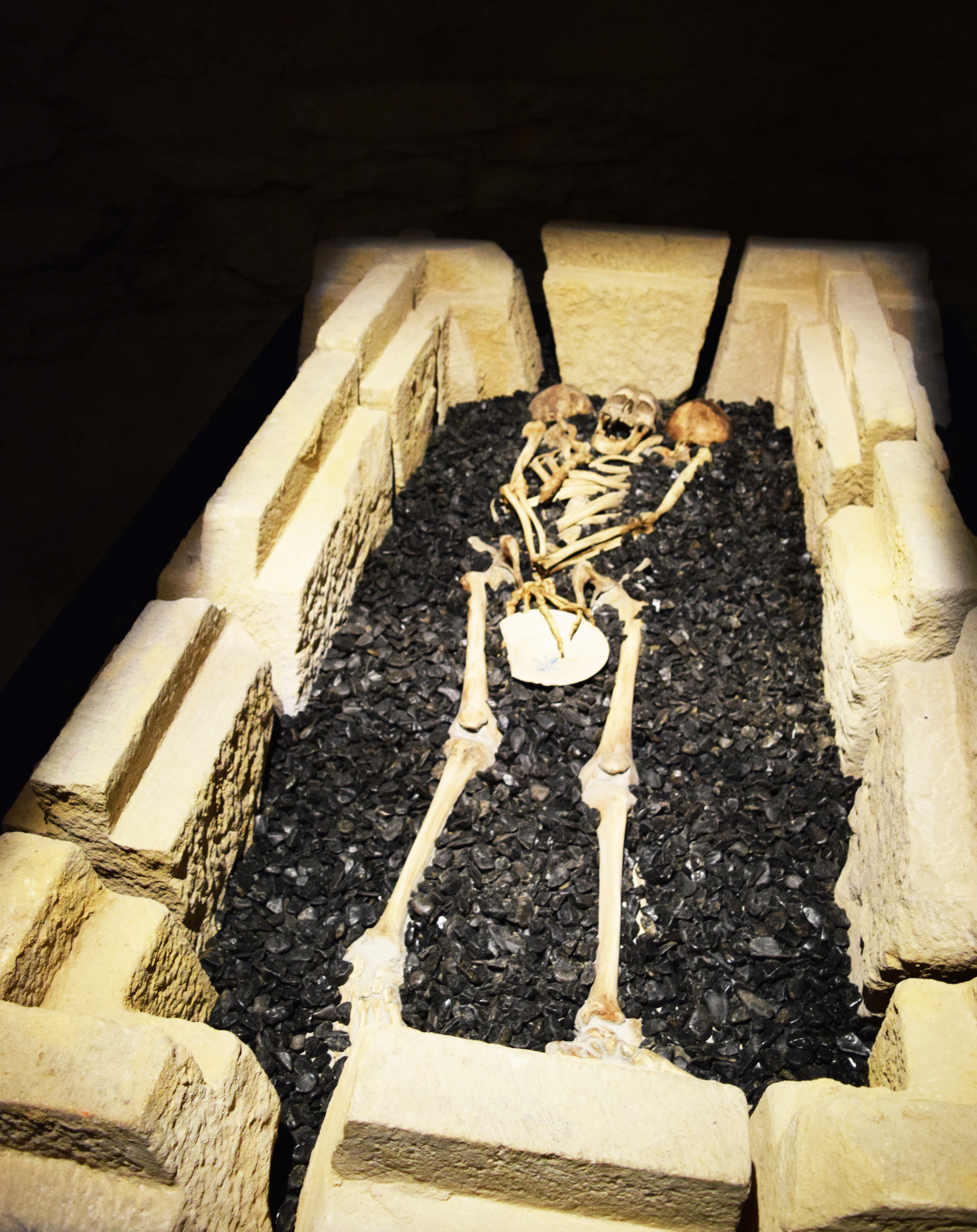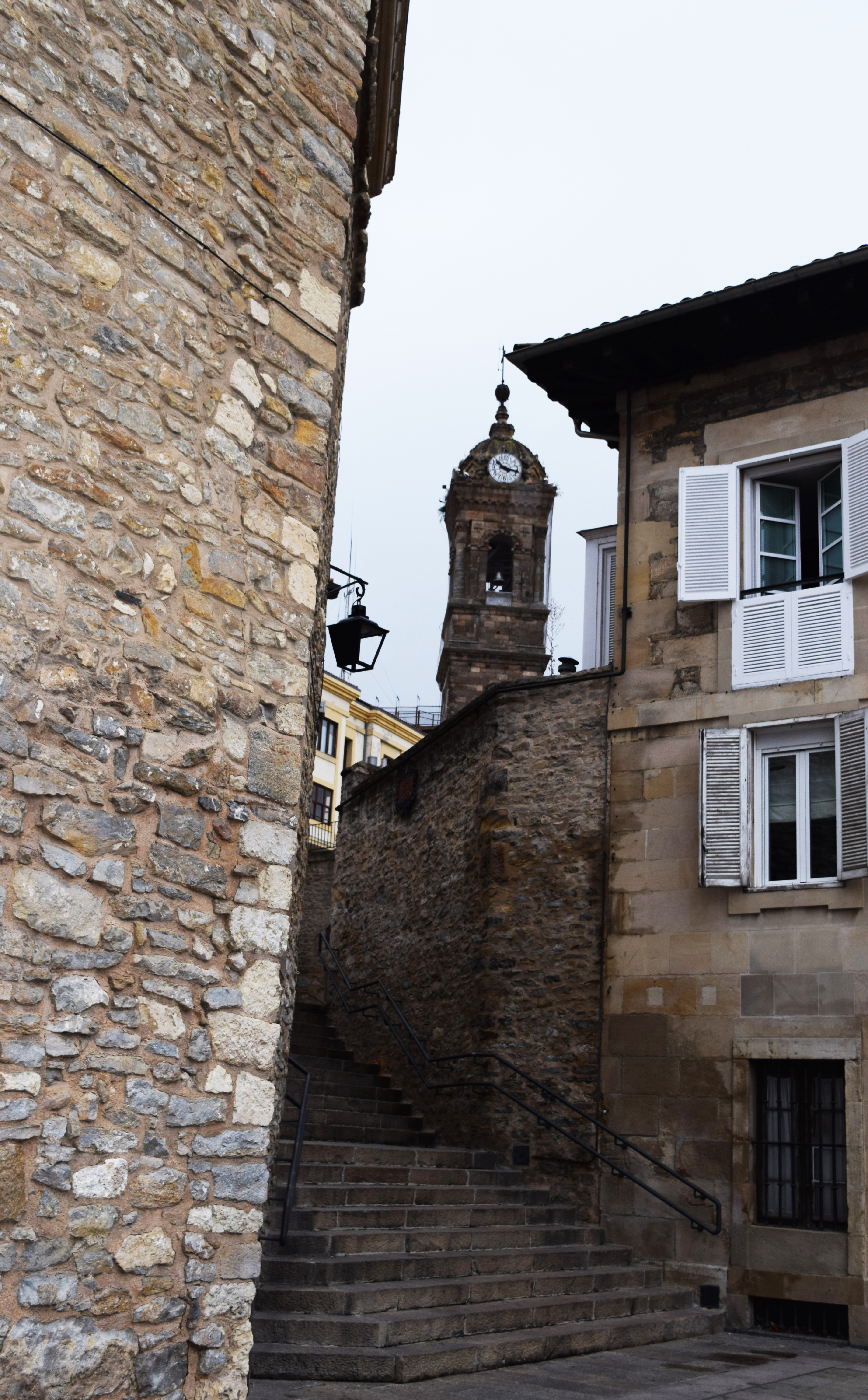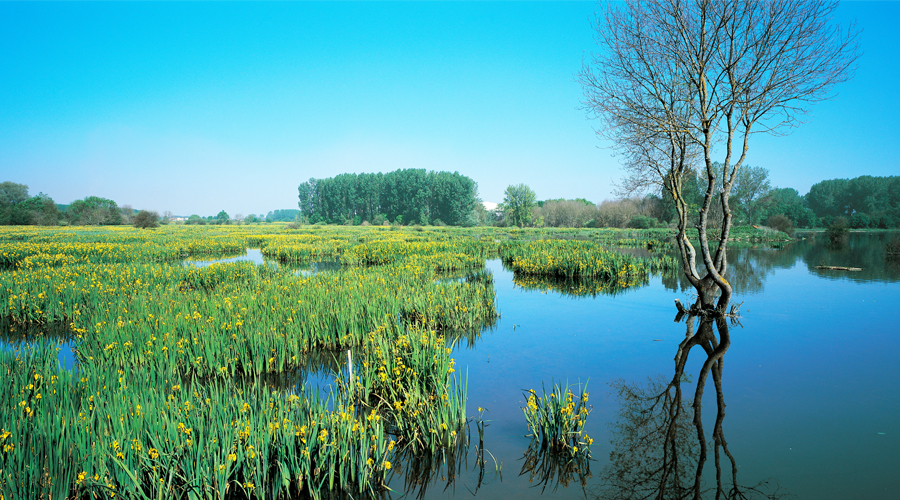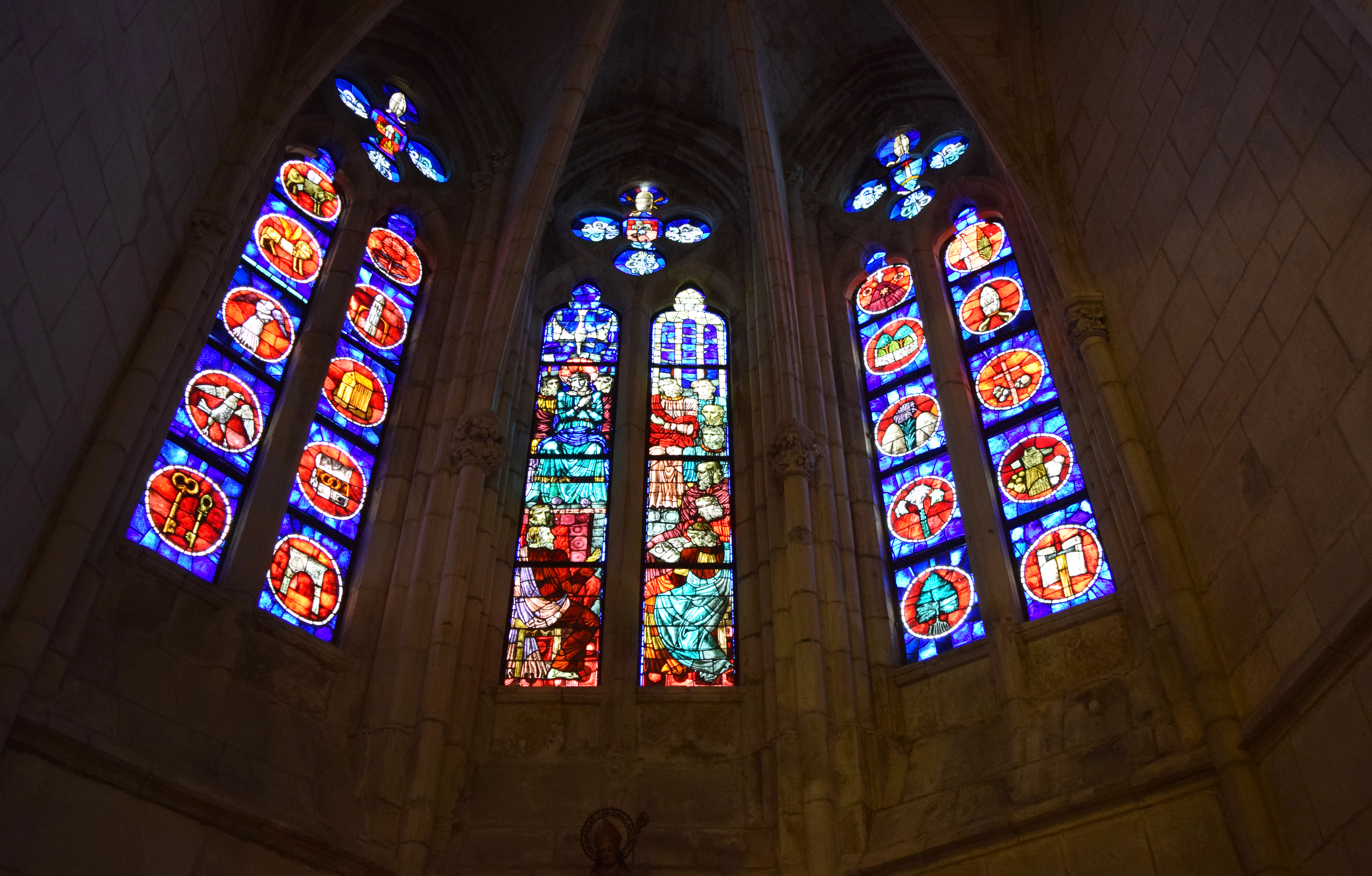VITORIA-GASTEIZ, BASQUE, SPAIN — I’m told to don a hard hat before entering the 11th-century Santa María Cathedral, and cautioned not to hit my head on the scaffolding and supports helping to prevent the crumbling structure from falling on my head.
A young guide tells me to stay close behind as we reach the lower portion of the massive Gothic landmark, where excavation work has been ongoing since large cracks began appearing in its walls and foundation in 1993.
“Renovations started as soon as the cracks appeared but then it switched to an excavation site when they dug up these,” says the guide while drawing my attention to some skeletons lying in stone coffins.
“Don’t worry, they aren’t real,” she smiles. “The real ones are now in the national museum — these are replicas. We think this was a Medieval crypt and so far they’ve uncovered more than 1,000 graves.”
The skeletons on display each have a coin in their mouth. “Historians believe the coins were to pay for the decease’s passage into heaven.”
Santa María is the “rock star” of this historic city — Vitorio is the capital of Spain’s Autonomous Basque region — thanks to the notoriety it received after being featured in British author Ken Follett’s best selling novel, World Without End, the sequel to his thriller The Pillars of the Earth, the most read book in Spain in the last two decades. Follett said Santa María inspired him to write World Without End, and so thankful were the people of Vitoria, they erected a statue of the famous author outside the cathedral’s entrance.


Left: Skeletons were found in the basement of Santa Maria. Right: The great church is always visible.
“Mr. Follett was here for the statue’s unveiling and the picture of him standing beside it was shown around the world,” says the gleeful guide.
Which explains why it’s so important for the people of Vitoria to preserve Santa María.
“Oh, we cannot lose our beloved cathedral — that would be a sin,” says the guide.
The cathedral was originally designed as a fortress church and finally completed in the 14th century. Between 1496 and 1861 — the year it was declared a cathedral — Santa María served as a collegiate church. Its Latin-cross plan — wide transept crossing and circular apse containing several chapels — features a richly decorated portal that rivals anything I’ve seen in Rome. From its 35-metre-high tower I get a bird’s eye view of the Old City, its original three streets and the mountains that surround Vitoria.
Also found during the excavation were fossils dating back 70 million years.
“Our city was actually built over the Medieval village of Gasteiz, hence the hyphenated name,” the guide informs me.
While Santa María may be the drawing card to this former walled city, Vitoria has much more to offer tourists.
Its lovely main square, Plaza de la Virgen Blanca, features a large, impressive statue of a British general, the famed Duke Wellington — he of Waterloo fame — who saved Vitoria from Napoleon’s French army in a famous battle fought just outside the city in 1813. The term “guerrilla warfare” actually came out of the Battle of Vitoria — Basque fighters would stage hit-and-run attacks against the confused French troops, a tactic never before employed before in battle.
Plaza de la Virgen Blanca is ringed with lovely cafés and restaurants and is the main meeting point in Vitoria. Each year, the square fills up with over 60,000 people for the festival of the “White Virgin.” During the festivities, a mythical character known as Celedón — a rag doll who carries an umbrella — slides across the square from the Church of Sam Miguel to a balcony on the opposite side. The revellers below celebrate Celedón’s feat with champagne and song.
“It’s really great fun and something everyone in Vitoria looks forward to each year,” says my guide.


Left: The Basque capital is one of the greenest cities in Europe. Right: Santa Maria's stained glass windows.
While everyone in Vitoria treasures the city’s historic past, they are also proud of their “green” future, thanks to an ambitious environmental program that saw six parks merge into one of Europe’s most beautiful wetland habitats.
Known as Salburua Park, the environmental project was started in 1994 and when completed, earned Vitoria the title of European Green Zone for 2012 — an award sponsored by the European Union.
The 32-sq-km green zone, located on the eastern outskirts of Vitoria, is a bird watcher’s paradise and from the park’s Ataria platform I get to see rare birds who thrive in this thick wetland environment. Ataria also offers lectures and interactive displays that are truly appreciated by its younger visitors.
The park is also part of the migration route for massive vultures and Egyptian eagles and home to the European bison.
The park gets 12,000 visitors a year and, according to my guide, is “the jewel of our city.”
I honestly had never heard of Vitoria before arriving here, but after one glorious visit, I’ll never forget it.
INFORMATION:
• The Best way to get to Basque region from Canada is via London or Paris. Air Canada, British Airways and Air France have daily flights to Europe.
• For more information on the beautiful Basque country, go to http://www.basquecountrytourism.eus
About the Author
Marc Atchison is a veteran journalist and a seasoned traveller with more than 20 years of travel writing experience. As the former Travel Editor of the Toronto Star, Canada's largest newspaper, and now Editor-in-Chief and Senior Writer for TraveLife magazine (Canada) and travelife.ca, Marc has been to over 100 countries in the world. Japan is one of his favorite destinations and he's been there on numerous occasions.